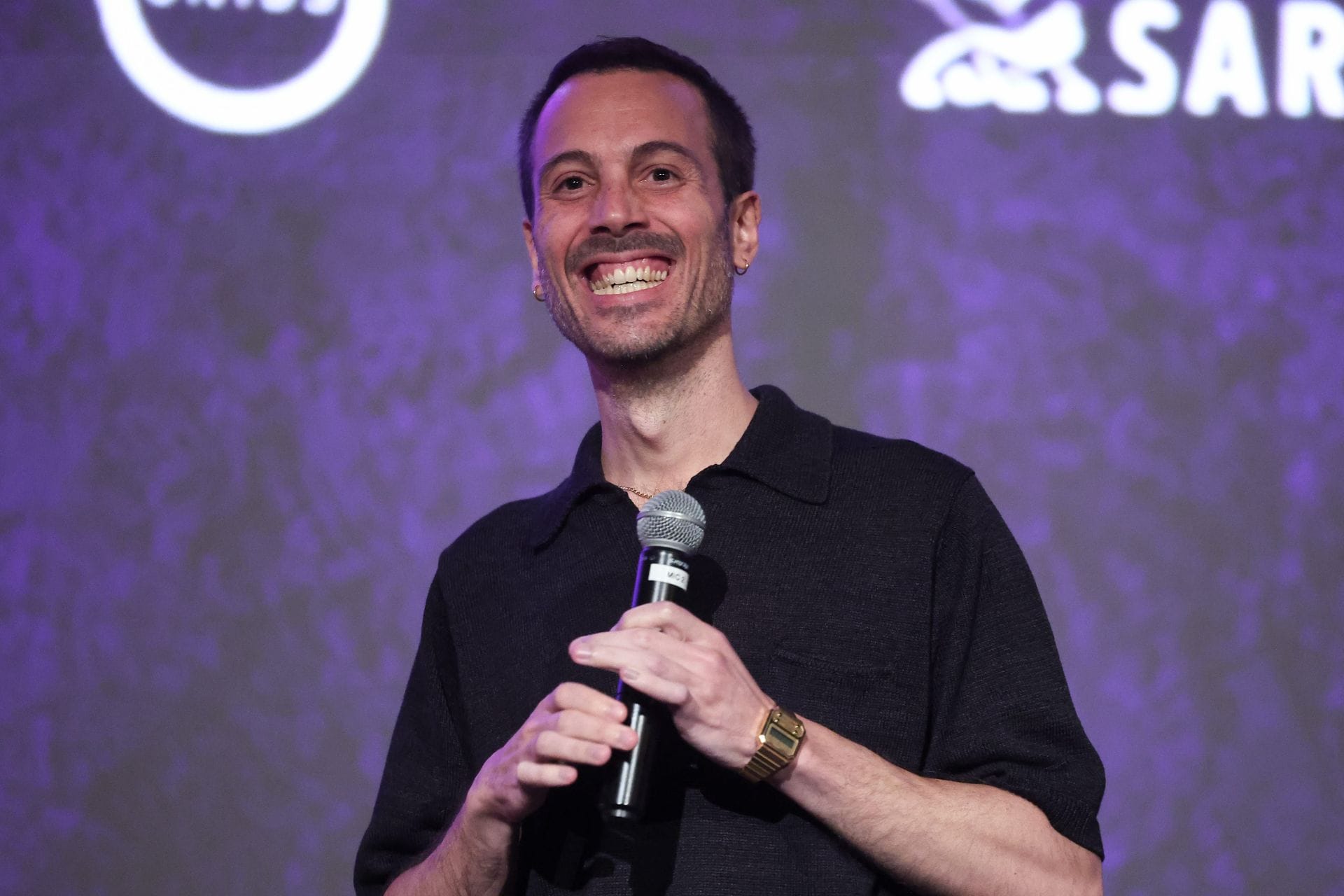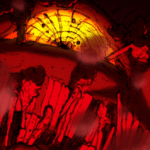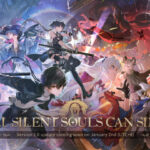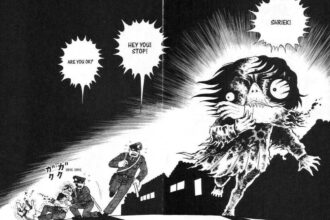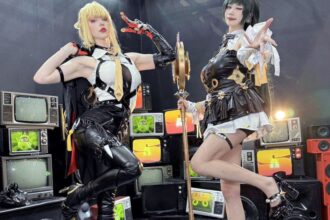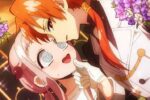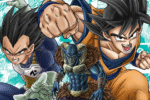Anime Herald: One of themes in Dan Da Dan is using teamwork to overcome incredible obstacles. Can you give an example of how you used teamwork to solve a problem you faced when working on Dan Da Dan: Evil Eye?
Abel Góngora: Animation is impossible without a team. You can’t do anything without teamwork. It is the basis of the animation. But, for example, we had a special card that was impossible to animate. The camera is turning around the character, and you have hair strings attached around him.
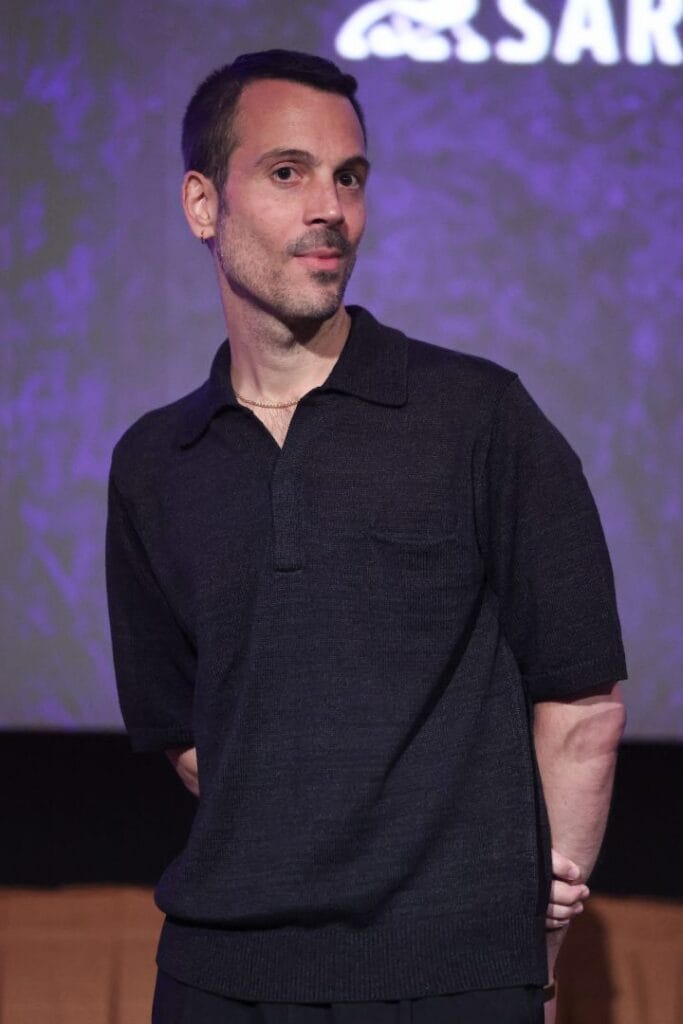

That’s really difficult to draw frame by frame, because it’s very long time, and the camera has to be very smooth. So, we need a 3D reference. The 3D team would do that, and then we need an animator that is gonna translate it into the 2D look, tracing the drawing, and then we need the composite to mix everything. That is kind of like these special cuts that take more effort than normal, so that could be an example.
Anime Herald: Even by manga standards, the covers of Dan Da Dan are incredibly colorful. Alas, that color does not extend to the panels themselves. In general, how do you decide what colors to use when the manga doesn’t give any clues?
Abel Góngora: Sometimes, we have some illustrations from the manga, or maybe not from the manga, but maybe from magazines, or an official illustration. So they have a lot of clues about the color. Or maybe it might be different clothes, but you see, it’s wearing a lot of orange, a lot of green, and it looks good with the character. So we usually give those references to the color director and he might pick up, and then, if it looks good, we might follow that. But in some scenes, we decide that maybe now we need something different because we want a different mood. Those illustrations actually are helpful sometimes, and we use them. For example, in the opening. We have some scenes that are inspired by those illustrations. Even in the clothes the characters are wearing. So yeah, we use them sometimes.
For a normal scene, we don’t want to have super crazy colors, because that will be distracting. We want to make it more realistic and even feeling. And then we push the color direction for more dramatic moments or big fights. Things like that.
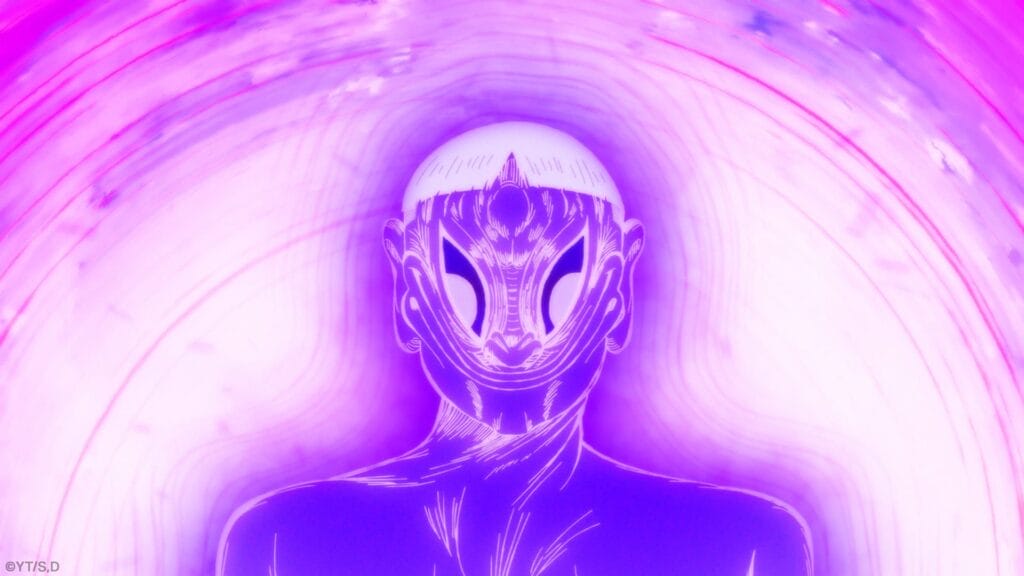

Anime Herald: I watched the movie. Afterwards, you mentioned that you had to figure out what color Evil Eye should be. He ended up purple, but it was possible that evil eye could also have been whiter. How did you end up going with purple for Evil Eye?
Abel Góngora: I think that’s from the cover of the manga; he was purple. But co-director Yamashiro was thinking white and purple. But the problem is, I wanted to make this arc very dark, because they are in a cave, and I wanted it to be very scary and mysterious. So I said to him, “We cannot make it white. White is not a color. And we cannot make it bright because it’s gonna be dark.” So I kind of pushed more into the dark side.
Then we decided the Evil Eye kid is an Albino person, so he will be very white whenever we show him, and we want to show him in a positive way. He’s not evil all the time, especially when he was a kid, he was not evil. So we played with the white sometimes to make bright scenes, and then the darkness means he became an evil spirit.
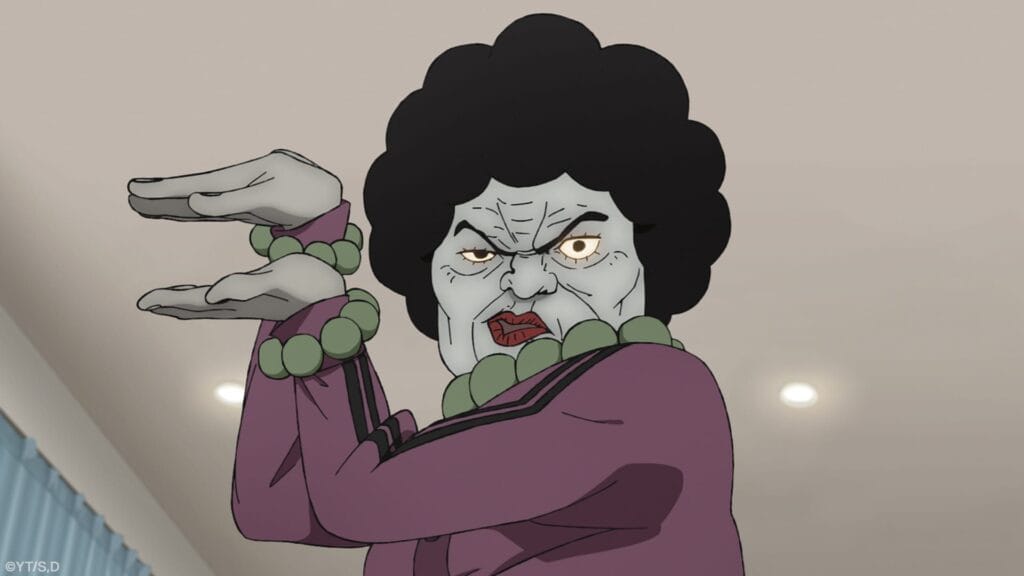

Anime Herald: That leads into my next question: How would you describe your directorial style, and how does it mesh with director Fûga Yamashiro’s style?
Abel Góngora: Well, I think we have kind of similar backgrounds. Because we both developed our style in the same studio and with the same director as, for example, Masaaki Yuasa who created the studio. So, we learned from him. We like a lot of things in common. We have a lot of things in common in terms of directing. But, I guess we both have different backgrounds and different personalities. It was kind of like matching. We like to use stream perspective and to be playful with the movement and push the character expression a little bit more than the standard anime. I think it was not so difficult. We kind of agree in direction.
Anime Herald: Thank you very much.
Abel Góngora: Thank you.
